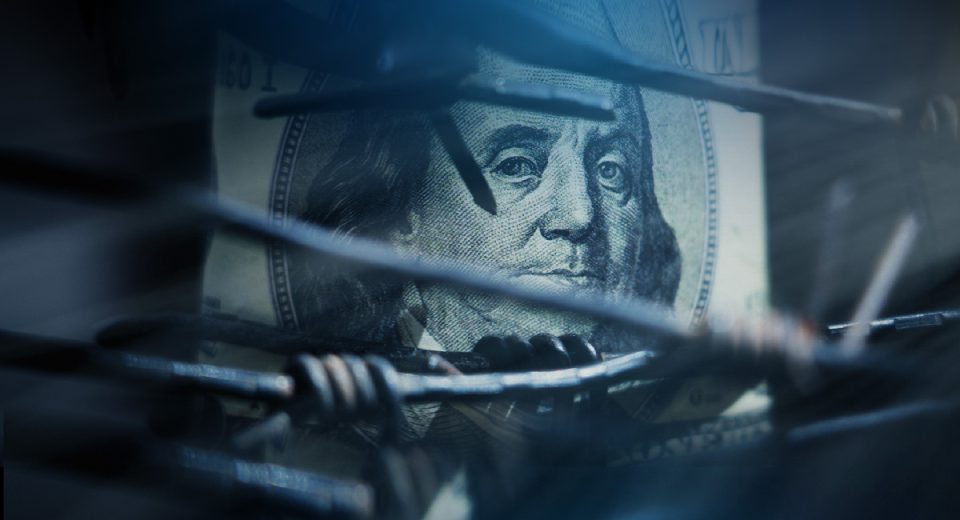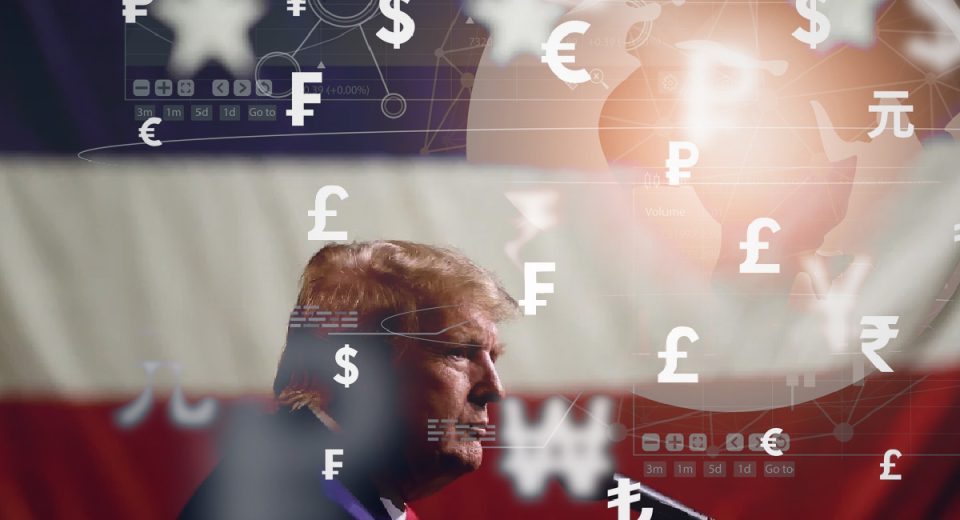HK50 Plummets: Navigating the Downturn for Intraday Traders

The Hang Seng Index, or HK50, started 2025 on an uptrend, with incidents like the launch of DeepSeek supporting the surge. Then came the tariff announcements by US President Trump, which sent the index plummeting 17.16% on April 7, 2025. This was the second largest drop in the HK50 since 1990. While this highlights how unexpected news breaks can significantly impact the stock markets, what is more interesting to note is that the Hang Seng registered a 6% intraday spike during the same session. This shows how even a downtrend can offer opportunities for intraday traders. To spot and take advantage of such opportunities you need a broker with exceptional technology to provide real-time signals and quick order filling.
The Case for the “Ups” in a Downtrend
Certain events trigger price surges despite a broader downtrend. These events create volatility and opportunities for intraday traders to capture.
Surge Amid Tariff Triggered Pullback
Whether it is the South China Sea, the status of Taiwan or trade, America seems to have been on a mission to curtail China’s dominance. However, China has been resilient. The red dragon demonstrated resilience against tariffs by retaliating with more aggression. The feud pushed US tariffs on Chinese imports to 145%, with China imposing 125% import duties on the US. Retaliatory tariffs from China and the “response” from the US strongly impacted the stock markets. Geopolitical tensions tend to do so, in the short and long term.
The HK50 had started April in the red due to the escalating tariff war. However, the over 17% decline on April 7 led the People’s Bank of China and the nation’s state-owned investment corporation, Central Huijin, to announce interventions that restored investor confidence. This led the HK50 to reclaim 20,000 points by midday, briefly rising almost 6%. This just goes to show how a bearish trend also has its ups and down, giving rise to trading opportunities.
The Rare Top-Order Meeting
Xi Jinping’s presence at the February 2025 tech symposium was a sign that the Chinese government’s sector-wide crackdown was over. The high-profile meeting indicated a pro-private sector shift in Chinese policy. Given that the Chinese economy is struggling to recover from the real estate crisis, poor consumption and youth unemployment, Xi said, “It is the right time for the majority of private businesses and entrepreneurs to show their talent.” The Chinese government has realised that enabling innovation in the private sector is critical to strengthening the country’s position on the global technology map. The top-order meeting drove the HK50 1.6% higher on February 18, 2025, pushing the benchmark index to the highest level since October 2024. Notably, President Xi’s meeting with tech leaders managed to turn around the fading DeepSeek-induced bullish momentum. Such moves by the Chinese government could continue supporting the economy and trigger intraday spikes, despite the huge tariffs levied by the US.
AI to Remain in Focus
The DeepSeek breakthrough showed the world that US companies were overspending and overcharging for AI solutions. Given the performance of DeepSeek-R1, investors worldwide turned bullish on China’s tech sector. So much so that Goldman Sachs raised its MSCI China Index target to 85, from the previous 75. This implied that the US investment bank’s analysts expect a 19% upside for Chinese technology stocks, particularly the blue-chip CSI 300 index. Goldman Sachs also expects earnings per share from Chinese companies to rise by up to 2.5% every year between 2025 and 2035. These stocks are expected to attract $200 billion in foreign investments through January 2026.
Investors expect the Chinese government to roll out pro-tech sector policies. There are also chances of having more such meetings to build an understanding between the government and tech giants to spur innovation and mutual trust. Xi’s promise to protect entrepreneurial interests and broader market access to private sector companies may further boost investor confidence in the world’s second-largest economy.
Trump Goes Vacillates on Tariffs
US President Donald Trump’s threats, tariffs and exemptions have kept traders on tenterhooks. Although the US has announced exemptions of tariffs on electronics like smartphones, laptops, and flash drives, the exemptions are not applicable for Chinese tech products. In fact, the US has threatened new tariffs on Chinese electronic goods. The US has also doubled down on tariffs on semiconductor chips, the next move in their four-year long battle with China for tech supremacy.
While these tariffs could hurt market sentiment, here’s the other side of the same coin. Given that the US tariffs may weigh on the bottom line of American technology companies, there is a high probability that the demand from Silicon Valley will decline. A solid domestic market could potentially offset the demand loss and help China maintain a strong position in the technology war against the US, supporting sentiment for the HK50.
Traders need to stay updated on the latest developments to make the most of emerging opportunities.
The Takeaway for Traders
The Chinese government is once again ready to ride on the back of the success of the technology industry. Given the market sentiment after Xi’s support for the private sector, the index potentially has more spikes due. However, how far the support would go remains to be seen. Any restrictive policies could curb the bullish sentiment, dampening or even reversing the rally.
Contracts for difference (CFDs) have emerged as a popular way to take advantage of the volatility in the HK50. This allows traders to capture opportunities in both rising and falling markets. Additionally, CFDs can be traded on margin, which amplifies traders’ purchasing power. However, it is crucial to remember that margin trading amplifies profit and loss potential, necessitating strong risk management. One strategy that experienced traders often use while speculating on an upside is taking a large buy position and hedging it with a small sell position in the same asset. This offsets the risks associated with a market downturn. The opposite goes for speculating on a bear run.
To Sum Up
- HK50 rallied to the highest level since October 2024 after President Xi expressed support for the tech sector.
- Then the tariff announcements by the US in April sent the index plummeting.
- DeepSeek reignited hope in China’s tech sector.
- Xi hinted at the end of the tech-sector crackdown in China.
- Global investors turned bullish on the Chinese tech industry.
- Trading via CFDs can enable traders to take advantage of emerging opportunities.
- Risk management is paramount when trading with CFDs on margin.
Disclaimer:
All data, information and materials are published and provided “as is” solely for informational purposes only, and is not intended nor should be considered, in any way, as investment advice, recommendations, and/or suggestions for performing any actions with financial instruments. The information and opinions presented do not take into account any particular individual’s investment objectives, financial situation or needs, and hence does not constitute as an advice or a recommendation with respect to any investment product. All investors should seek advice from certified financial advisors based on their unique situation before making any investment decisions in accordance to their personal risk appetite. Blackwell Global endeavours to ensure that the information provided is complete and correct, but make no representation as to the actuality, accuracy or completeness of the information. Information, data and opinions may change without notice and Blackwell Global is not obliged to update on the changes. The opinions and views expressed are solely those of the authors and analysts and do not necessarily represent that of Blackwell Global or its management, shareholders, and affiliates. Any projections or views of the market provided may not prove to be accurate. Past performance is not necessarily an indicative of future performance. Blackwell Global assumes no liability for any loss arising directly or indirectly from use of or reliance on such information here in contained. Reproduction of this information, in whole or in part, is not permitted.




